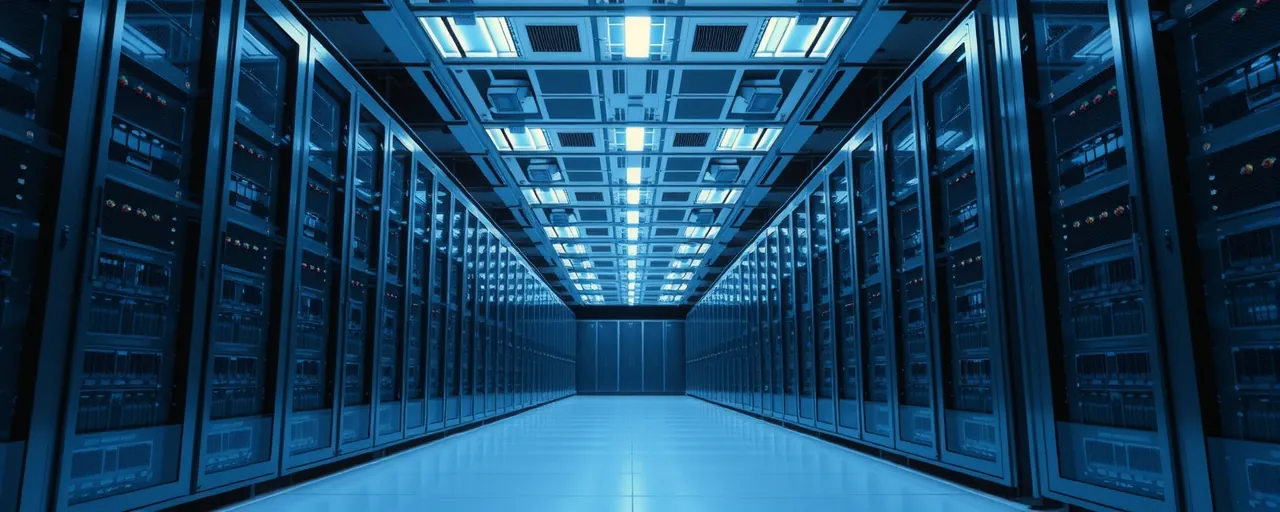A Landmark Moment for Two Nations
In May 2025, President Donald Trump stood in Saudi Arabia to unveil a $600 billion investment package from the Kingdom into the United States. This sweeping set of agreements, spanning technology, defense, energy, and infrastructure, marks a turning point in a partnership that began eight decades ago. For Americans curious about global deals, this moment reveals how international ties can shape local jobs and national security.
The announcement, made with high-level Saudi officials, celebrates deals that promise thousands of jobs and stronger economic bonds. From AI data centers to military training programs, the agreements touch on issues that affect everyday lives. Yet, they also spark questions about their broader impact, from economic growth to geopolitical risks, making this a story worth unpacking.
Fueling Jobs and Innovation
The $600 billion package targets key U.S. industries. Saudi Arabia’s DataVolt will invest $20 billion in AI data centers and energy infrastructure, creating high-tech jobs in states like Michigan and Texas. A group of tech giants, including Google, Oracle, Salesforce, and Uber, will commit $80 billion to advance cutting-edge technologies, fostering innovation in both countries.
American firms stand to gain as well. Companies like Hill International and Jacobs will export $2 billion in services to build Saudi projects, such as King Salman International Airport. GE Vernova’s $14.2 billion in gas turbines and Boeing’s $4.8 billion in aircraft deals will bolster U.S. manufacturing. In healthcare, a $5.8 billion investment by Shamekh IV Solutions will establish an IV fluid plant in Michigan, addressing critical medical supply needs.
A Massive Defense Partnership
The defense agreement, valued at $142 billion, is the largest of its kind in U.S. history. It equips Saudi Arabia with advanced air force and space capabilities, missile defense systems, maritime security, and border protection upgrades. The package includes extensive training for Saudi forces, aiming to strengthen their military while deepening U.S.-Saudi security cooperation.
Proponents view this as a boost to U.S. national security, reinforcing a key ally in the Middle East to counter threats from Iran and its proxies. However, some U.S. voices express concern over the absence of human rights conditions, citing Saudi Arabia’s involvement in Yemen’s conflict and the 2018 killing of journalist Jamal Khashoggi as points of contention.
Expanding Ties Beyond Economics
The agreements extend beyond dollars and defense. The U.S. Department of Energy and Saudi Arabia’s Ministry of Energy will collaborate on energy innovation, while a new pact focuses on critical minerals essential for technology and defense. NASA and the Saudi Space Agency are partnering on a CubeSat for the Artemis II mission, advancing space exploration. Cultural exchanges, including Smithsonian collaborations with Saudi Arabia’s Royal Commission for AlUla, will highlight ancient artifacts and support conservation of the endangered Arabian leopard.
These efforts build on a relationship that began in 1945 with President Franklin Roosevelt and King Abdulaziz Al Saud. With $25.9 billion in goods trade in 2024 and Saudi investments in U.S. transportation and real estate, the partnership remains vital. Yet, some Americans question whether economic and strategic gains overshadow calls for governance reforms in Saudi Arabia.
Navigating a Complex Global Landscape
The deals align with global trends. Data centers, driven by AI, consumed 500 terawatt-hours worldwide in 2023, with demand projected to triple by 2030. Saudi investments in U.S. data centers position both nations as AI leaders. The defense pact strengthens U.S. influence in the Gulf, countering China and Russia, but risks entangling the U.S. in regional conflicts without robust oversight.
Some U.S. policymakers advocate for stricter arms sale conditions, pointing to Saudi Arabia’s human rights record. Others see the agreements as a practical step toward economic growth and regional stability, supporting Saudi Arabia’s Vision 2030 diversification goals. Balancing these benefits with ethical concerns remains a challenge, likely to spark ongoing debates in Congress.
Looking to the Future
This $600 billion package builds on decades of U.S.-Saudi cooperation, promising thousands of jobs in AI, healthcare, and manufacturing. It reinforces U.S. leadership in a critical region while supporting Saudi Arabia’s economic diversification. However, the lack of conditions addressing human rights or Israel-Palestine normalization raises questions about long-term consequences.
For Americans, the deals could bring new opportunities in growing industries. For Saudis, they offer a path to global integration. The success of this partnership hinges on transparency and accountability, especially in navigating the Middle East’s complex geopolitics.
As both nations move forward, the world is watching. This ambitious deal sets the stage for shared growth, but its lasting impact depends on how both countries address the challenges and opportunities ahead.
